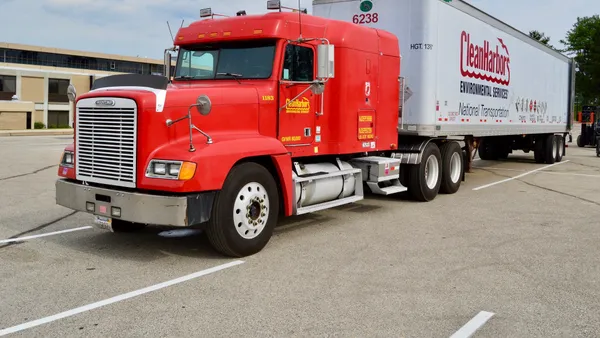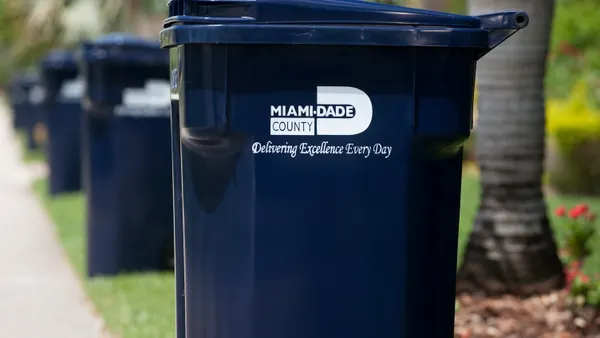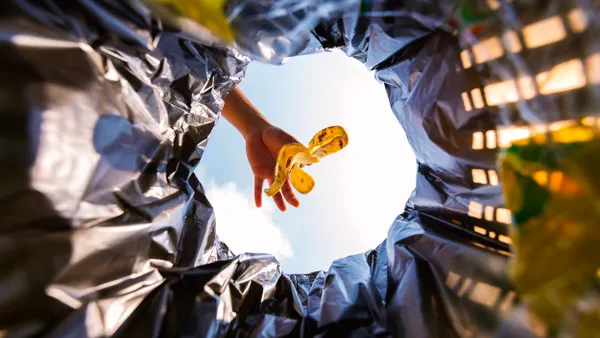Dive Brief:
- Plans for a $50 million BioEnergy Hawaii LLC waste-to-energy facility are moving forward after the The Hawaii County Planning Department completed a favorable review of the project's draft environmental assessment. The planned Waikoloa facility will be located away from public areas and is not expected to emit any gas or smoke, as reported by West Hawaii Today.
- The facility will have capacity to process 200 tons per day through waste separation, anaerobic digestion and thermal gasification. This is expected to divert up to 70% of incoming waste from the nearby West Hawaii Sanitary Landfill and send 30% of that material back as residual. Byproducts will include fertilizer, soil amendment, natural gas and electricity, some of which will be used by the nearby Kohala coastal resorts.
- On the eastern side of the island, plans for a $10.3 million composting facility that would have diverted waste from multiple landfills took another hit. Mayor Harry Kim of Hawaii County said he plans to amicably terminate the contract with Hawaiian Earth Recycling and look for a better option.
Dive Insight:
While the West Hawaii landfill has no imminent capacity issues, the South Hilo Sanitary Landfill on the eastern side of the island is expected to be full within less than a few years. Once this happens waste will likely be transported west and eventually end up going through the new BioEnergy facility if it opens in 2019 as planned. That facility also has the potential to expand to handle 400 tons per day.
Construction of the BioEnergy facility is expected to relieve the need for the eastern composting facility. Though if some of the organic material could be handled locally first that would reduce the burden on the island's overall system and potentially reduce vehicle emissions in the process. Mayor Kim has said he supports some type of composting facility, but the current $10.3 million proposal has faced stiff opposition from local residents and farmers due to noise and odor concerns.
The evolution of these waste management plans on Hawaii's largest island are representative of the many factors that go into siting decisions for facilities throughout the country. The larger and more expensive WTE facility is moving forward in part because it is located away from the public, while plans for the smaller composting facility seem to have been scrapped by its neighbors.











